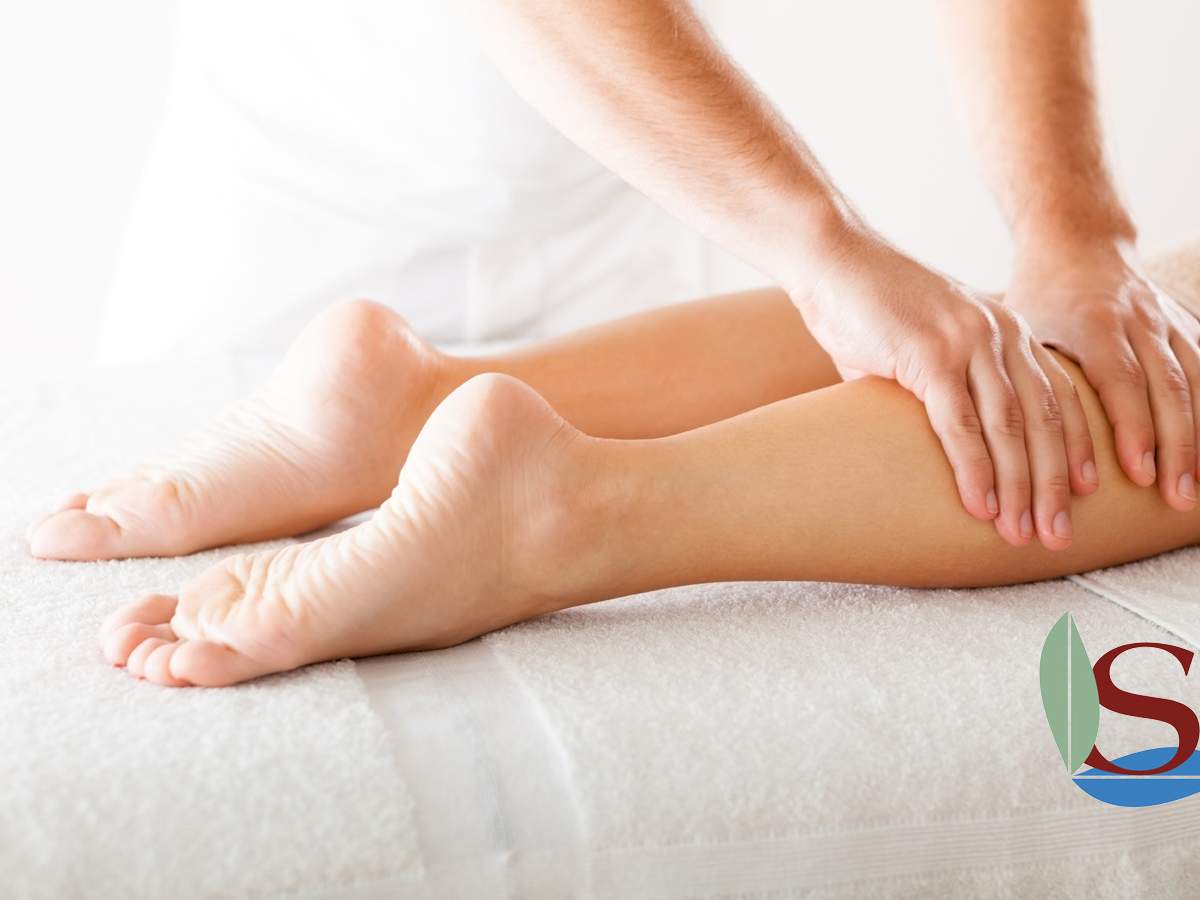The references related to the lymphatic system begin early in Antiquity: the Hippocrate’s Medicine School in the fourth century BC

The references related to the lymphatic system begin early in Antiquity: the Hippocrates' Medicine School in the fourth century BC, already mentioned the existence of anatomical structures containing no blood, but a colorless liquid called "sanies" the so-called "white blood".
Thanks to Prof. Winiwarther (1848-1917) Viennese surgeon, which laid the manual maneuvers basis to treat lymphatic disorders, based on three combined procedures including:
light massage with direction from proximal to distal;
compression systems application;
lifting of the ends to facilitate the lymphatic reflux;
Although attributed to the today's modern lymphatic drainage's foundations, unfortunately this method fell into disuse until, in the last century, the Dane Emil Vodder (1896-1986), who studied biology, botany, mineralogy, sociology, medicine and philosophy at the University of Copenhagen, deepened the lymphatic system knowledge.
Thanks to the discovery that he made with his wife Estrid, naturopath and expert in massage therapy with her husband, could bring out in 1936 in Paris, during the Congress of Aesthetics "Health and Beauty", his technique actually called "Vodder Lymph Drainage".
But only after the Second World War, with demonstrations, lectures and teaching, they spread their method in European countries.
The Vodder's activity has attracted the massage therapists', doctors' and experts in cosmetics' attention, so as to establish, in 1967, the "Society for the Dr. Vodder's activity manual lymph drainage", which had the task to find scientific foundation to the drainage manual lymphatic effects and to train optimally individual professional groups.
The company was integrated in 1976 to the German company of Lymphology, which section of "lymphatic drainage therapy" and "lymphatic drainage cosmetic-dermatology" with the aim to spread the Vodder Manual Lymph Drainage in massage therapists' professional training and experts in cosmetics, coordinating teaching, to follow teachers' work, in order to help the human being thanks to this method.
Other prominent names, which can not be absolutely forgotten in the history of manual lymphatic drainage and therapeutic method, called conservative tissue edema, are Asdonk, Kuhnke and Leduc in Belgium and Foldi in Germany.
Manual lymph drainage fundamental principle is the acceleration of wound healing and at the same time the removal of the fluid that causes edema and eradication of any pathogens or other foreign matter.
The schools of thought on which it is based are essentially two, while the principles on which they are based both schools are the same; the main difference is in the type of movements used.
The first to study the characteristics was Emil Vodder in fact, but it was Albert Leduc, professor of rehabilitation at the University of Brussels and founder of the European Group of Lymphology, which had the merit of having perfected the technique and have studied, on experimental basis, the effect.
The method discovered by Vodder provides a sequence of operations that has, as a mandatory feature, the "opening" on the neck of some points denominated profundus and terminus and corresponding to the lymph nodes, thoracic duct and lymphatic large vein, with the consequent emptying.
"Opening" is a combination of circular movements - round or oval - that press the skin without crawl above. Only after opening you choose a body part to be massaged, such as the lower limbs, upper limbs, face, etc.. since the Vodder method is not usually applied to the whole body in a single session. More soft is the tissue , more lightweight is the massage. This particular massage technique is the main method Vodder's feature.
The Albert Leduc, defined in Brussels in 1983, is based on a more limited number of maneuvers, and proposes a number of different treatment protocols in dependence of the disorder to be treated. An integral treatment part is is the edematous limb's bandaging which should not be for compression and must be applied from the periphery toward the center.
Leduc underlines the need to adapt the manual drainage to the particular case: the principles should serve only as a guideline. The only rule that must not be transgressed is the delicacy of the operation.
The benefits of this methodology are so numerous that, even today, they haven't yet been discovered and exploited all its potential.
Fra gli effetti che si riconoscono al drenaggio linfatico manuale si elencano soprattutto:
Already after the first lymphatuc drainage session there is an immediate benefit due to reduced swelling typical of edema, there is an immediate sense of lightness. Thanks to the drainage occurred is also easy to feel, after a longer or shorter period, the urge to urinate.
The contraindications for the treatment can be divided into absolute and relative, and therefore require some doctors' tricks or advice .
Absolute contraindications are for:
Among the relative contraindications include: